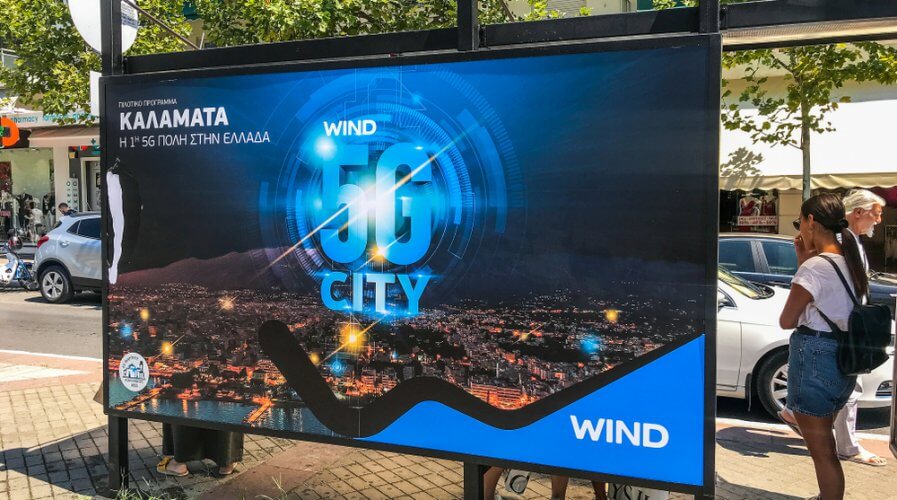
5G trials are proving a point – the technology has arrived. Source: Shutterstock
Malaysia, Singapore leapfrog into the future with 5G use cases and trials
DESPITE the lack of at-scale consumer-ready 5G services, mobile devices in the high-end and sub-US$1,000 categories are making a debut in the hands of consumers in China, Singapore, and Malaysia.
Businesses such as BMW and Mercedes have established private 5G networks in manufacturing facilities in Asia and are around the world.
5G isn’t just around the corner — it has arrived.
Telcos in China now offer limited-range 5G services to customers and Singapore and Malaysia are making quick progress to develop the technology in a more robust fashion.
Recently, Telekom Malaysia (TM) said it was testing the implementation of a converged 5G core network which allowed for the co-existence of non-stand alone (5G enabled on existing 4G infrastructure) and stand-alone (SA) dedicated 5G network in Langkawi, Malaysia.
“The 5G speed tests conducted within TM’s 5G use cases sites have achieved up to 1.5Gbps,” said TM Group CEO Datuk Noor Kamarul Anuar Nuruddin.
Since the trial being conducted by TM is part of a project run by the Malaysia Communications and Multimedia Commission (MCMC), data from the 5G network and use cases can be monitored via a dashboard at the 5G command center (5GCC).
“It is also linked to the local authorities and emergency response services which allow for the communities as well as tourists to experience a smarter, safer living. In addition, we open the 5GCC for all other Service Providers to deploy their monitoring dashboards so all relevant data can be centralized for collective insights,” explained Noor Kamarul.
According to the TM CEO, the scope and scale of 5G trials being run in Langkawi will soon enable the local agencies to promote tourism safety, create new business opportunities for the local community, and provide a safer and smarter crowd control system for tourists — ultimately helping transform Langkawi into a Smart Tourism Island.
Aside from TM’s efforts in Langkawi, Malaysian mobile service provider U mobile is also working with Singapore’s StarHub to test 5G standalone roaming services between the two countries.
The tests are being conducted independent of 4G infrastructure (standalone 5G infrastructure) and will involve cross-border holographic calls and multi-party video calls.
The two companies involved in the roaming services trial also intend to discuss the “right commercial price point” for 5G roaming in both countries.
“When 5G arrives, we want to continue delivering to customers the same best-in-Singapore connectivity wherever they may be. There is no better place to start 5G roaming trials than in Malaysia, our closest neighbor and one of our customers’ top travel destinations,” said StarHub CTO Chong Siew Loong.
Although telcos such as TM, StarHub, and U mobile seem to be making efforts to bring 5G to customers, analyst firms such as Gartner believe that a significant chunk of their revenues might come from helping businesses build and maintain private 5G networks.
Given the number of technologies that 5G can support, from autonomous vehicles to high-definition virtual reality (VR) applications, and their uses in industries such as agriculture, supply chains, and even healthcare, 5G is bound to take-off in 2020.
Businesses must be prepared to live in a high-definition world and meet changing customer expectations appropriately.
READ MORE
- GSMA believes Malaysia is on the right track with its 5G deployment plan
- Shanghai to map its entire city with 5G coverage by year end
- Swift 5G spectrum auctions indicate a sense of urgency to roll-out 5G
- Malaysian PM says country on track to commercially roll-out 5G in July
- GlobalData believes APAC well positioned to lead 5G adoption by 2024


